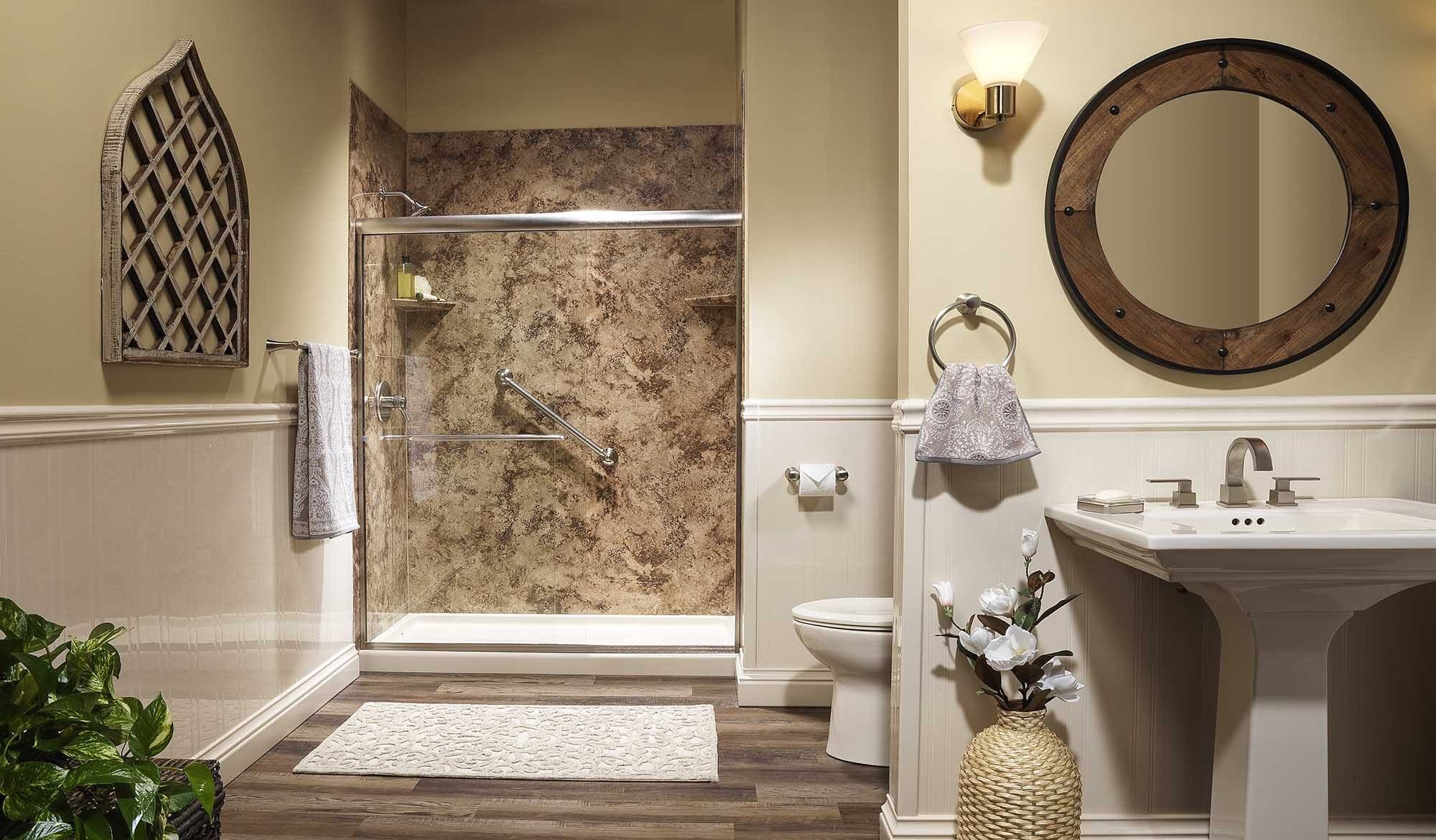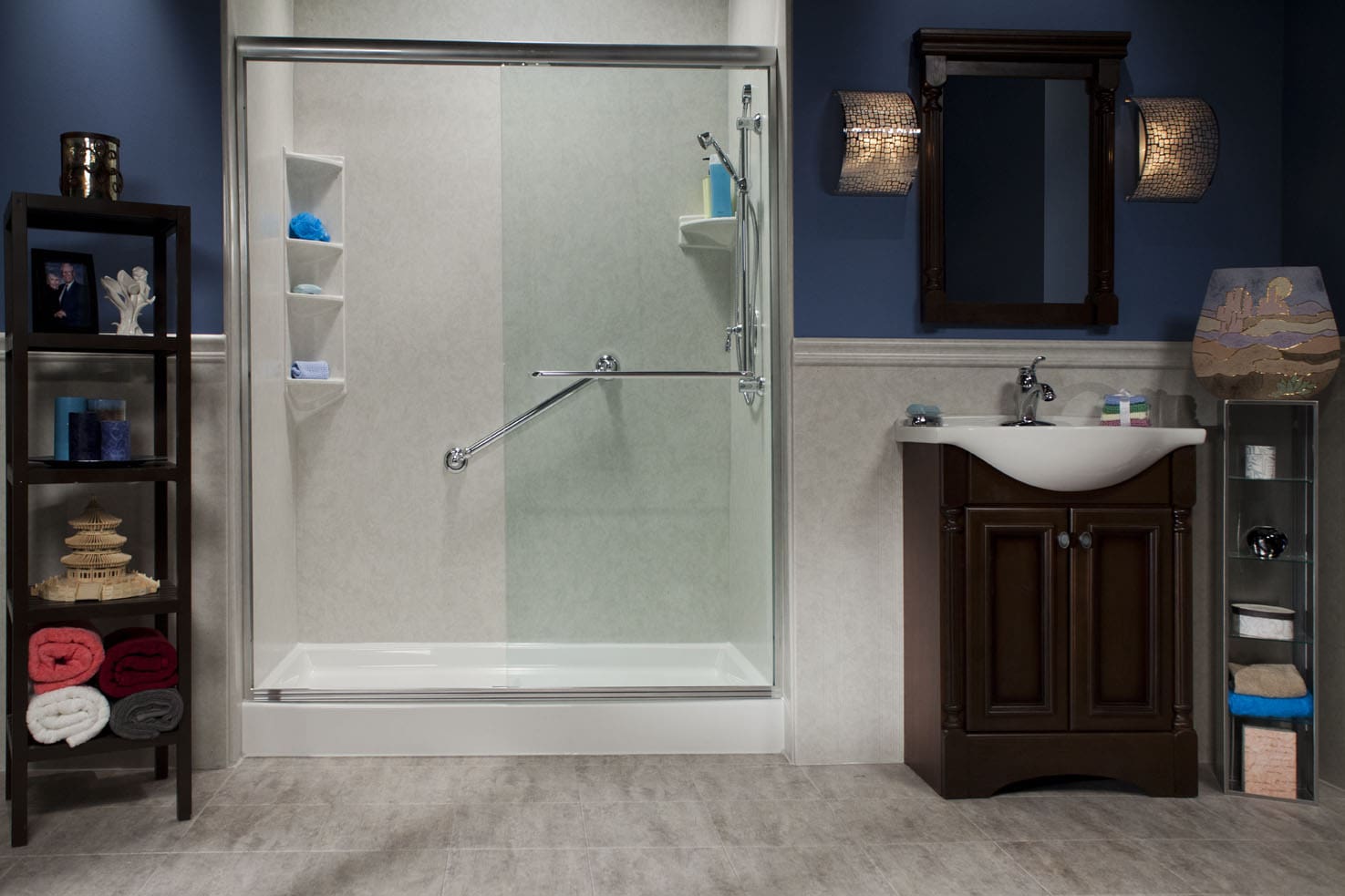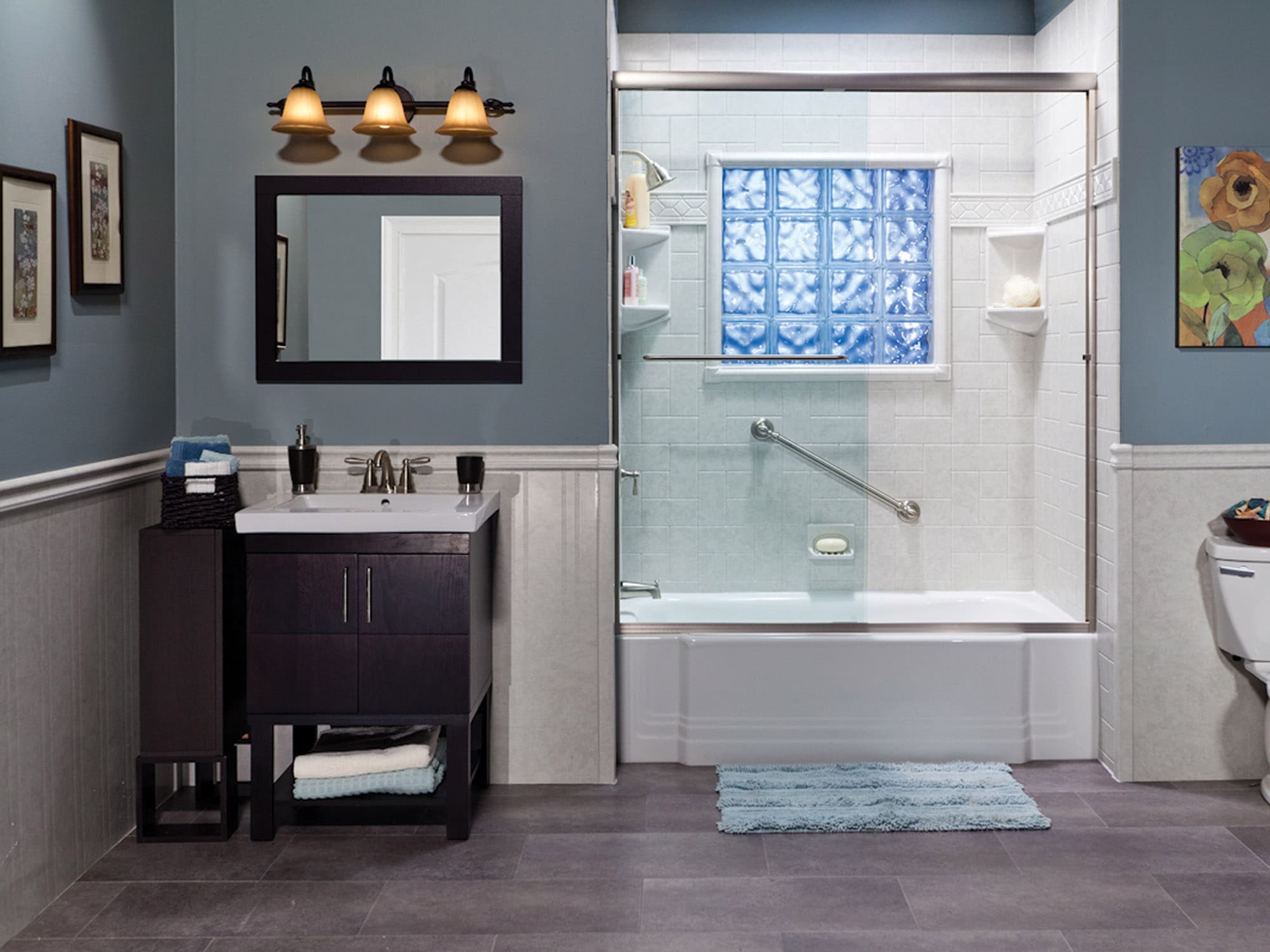Planning a bathroom renovation in Western Massachusetts? The bathtub you choose will define both the functionality and aesthetic appeal of your space. Two popular options dominate the market: freestanding and built-in bathtubs. Each offers distinct advantages, but the right choice depends on your specific needs, budget, and home layout.
Whether you’re working with a compact bathroom in Springfield or designing a luxurious master suite in the Berkshires, understanding the differences between these bathtub styles will help you make an informed decision that enhances your home’s value and your daily comfort.
Key Takeaways
- Freestanding bathtubs offer design flexibility and visual impact but require more space and typically cost more to install
- Built-in bathtubs maximize space efficiency and provide better storage options while being more budget-friendly for most homeowners
- Your choice should consider your bathroom size, budget, plumbing requirements, and long-term lifestyle needs
Understanding Freestanding Bathtubs
Freestanding bathtubs stand independently from walls, creating a striking focal point in any bathroom. These tubs come in various materials including acrylic, cast iron, stone resin, and copper, each offering unique benefits for Western Massachusetts homeowners.
Advantages of Freestanding Tubs
Design Flexibility: You can position a freestanding tub anywhere in your bathroom, provided you have adequate plumbing access. This flexibility allows for creative layouts, such as placing the tub near a window to enjoy views of the Berkshire Mountains or Connecticut River Valley.
Statement Piece Appeal: Nothing commands attention quite like a beautifully designed freestanding tub. These fixtures serve as artistic centerpieces that can transform an ordinary bathroom into a spa-like retreat.
Easier Maintenance: With access to all sides, cleaning around and under a freestanding tub becomes significantly easier. You won’t struggle with hard-to-reach corners or buildup behind fixed surfaces.
Drawbacks to Consider
Space Requirements: Freestanding tubs need clearance on all sides, making them impractical for smaller bathrooms common in older Western Massachusetts homes. Most require at least 6 feet of space in each direction.
Higher Installation Costs: Installing a freestanding tub often requires moving plumbing lines and potentially reinforcing floors. This complexity increases labor costs, especially when working with century-old homes in Springfield or Northampton.
Limited Storage: Unlike built-in options, freestanding tubs don’t offer integrated shelving or ledges for bath essentials, requiring additional storage solutions.
Exploring Built-In Bathtubs
Built-in bathtubs integrate seamlessly with surrounding walls and fixtures, creating a cohesive bathroom design. These tubs typically feature an apron (decorative front panel) and may include alcove, corner, or drop-in configurations.
Benefits of Built-In Options
Space Efficiency: Built-in tubs maximize usable bathroom space, making them ideal for the compact bathrooms found in many Western Massachusetts colonial and ranch-style homes. They fit snugly against walls without requiring additional clearance.
Cost-Effectiveness: Installation typically costs less than freestanding alternatives since existing plumbing often requires minimal modifications. This budget-friendly option appeals to many Springfield-area homeowners managing renovation costs.
Integrated Storage: Built-in designs often include ledges, shelves, or niches for storing bath products, towels, and decorative items. This built-in storage reduces clutter and maintains a clean aesthetic.
Shower Combination Potential: Many built-in tubs accommodate shower fixtures, creating dual-purpose functionality perfect for busy families or homes with limited bathroom space.
Potential Limitations
Design Constraints: Built-in tubs offer less flexibility in positioning and styling. Once installed, relocating requires significant renovation work.
Cleaning Challenges: Accessing tight spaces around built-in tubs can be difficult, potentially leading to mold or mildew buildup in hard-to-reach areas.
Less Visual Impact: While functional, built-in tubs rarely serve as dramatic design statements compared to their freestanding counterparts.
Factors to Consider for Western MA Homes
Climate Considerations
Western Massachusetts experiences cold winters and humid summers, affecting bathtub material choices. Cast iron and stone resin retain heat well during winter months, while acrylic options resist moisture-related issues common in New England’s variable climate.
Home Architecture
Many Western Massachusetts homes feature traditional colonial, Victorian, or craftsman architecture. Consider how your bathtub choice complements existing design elements. A clawfoot freestanding tub might suit a Victorian home’s character, while a sleek built-in option could modernize a dated bathroom.
Resale Value Impact
Both bathtub styles can enhance home value when properly executed. However, built-in tubs often appeal to a broader range of potential buyers due to their practicality and space efficiency.
Plumbing Infrastructure
Older homes in Springfield, Northampton, and surrounding areas may have aging plumbing systems. Built-in tubs typically work better with existing infrastructure, while freestanding options might require extensive updates.
Installation Considerations
Professional Requirements
Both bathtub styles require professional installation, but complexity varies significantly. Built-in installations often involve standard procedures, while freestanding tubs may need floor reinforcement, especially in older homes with original wooden subfloors.
Timeline Expectations
Built-in bathtub replacement typically takes 2-3 days, including removal, installation, and finishing work. Freestanding installations can extend to 4-5 days when plumbing modifications are necessary.
Permit Requirements
Most Western Massachusetts municipalities require permits for bathtub replacement projects, particularly when plumbing modifications are involved. Your bathroom contractor should handle permit applications and inspections.
Making Your Decision
Choose Freestanding If You:
- Have a spacious bathroom (minimum 8×10 feet)
- Want a dramatic design statement
- Prefer flexible placement options
- Have the budget for higher installation costs
- Enjoy soaking as a primary bathing method
Choose Built-In If You:
- Work with limited bathroom space
- Need shower functionality
- Prefer integrated storage solutions
- Have budget constraints
- Want easier future maintenance
Budget Planning
Built-in bathtub replacement in MA typically costs $3,000-$8,000, including materials and installation. Freestanding installations range from $5,000-$12,000, depending on material choices and plumbing requirements.
Finding the Right Fit for Your Home
Choosing between freestanding and built-in bathtubs ultimately depends on balancing your personal preferences with practical considerations specific to your Western Massachusetts home. Consider your bathroom’s size, your family’s bathing habits, maintenance preferences, and long-term goals for the space.
Working with an experienced bathroom contractor in Springfield MA ensures proper installation regardless of which style you choose. Professional contractors understand local building codes, climate considerations, and the unique challenges of renovating Western Massachusetts homes.
Take time to visit showrooms, measure your space carefully, and envision how each option will function in your daily routine. The right bathtub will provide years of comfort and enhance your home’s value, making this decision well worth careful consideration.






